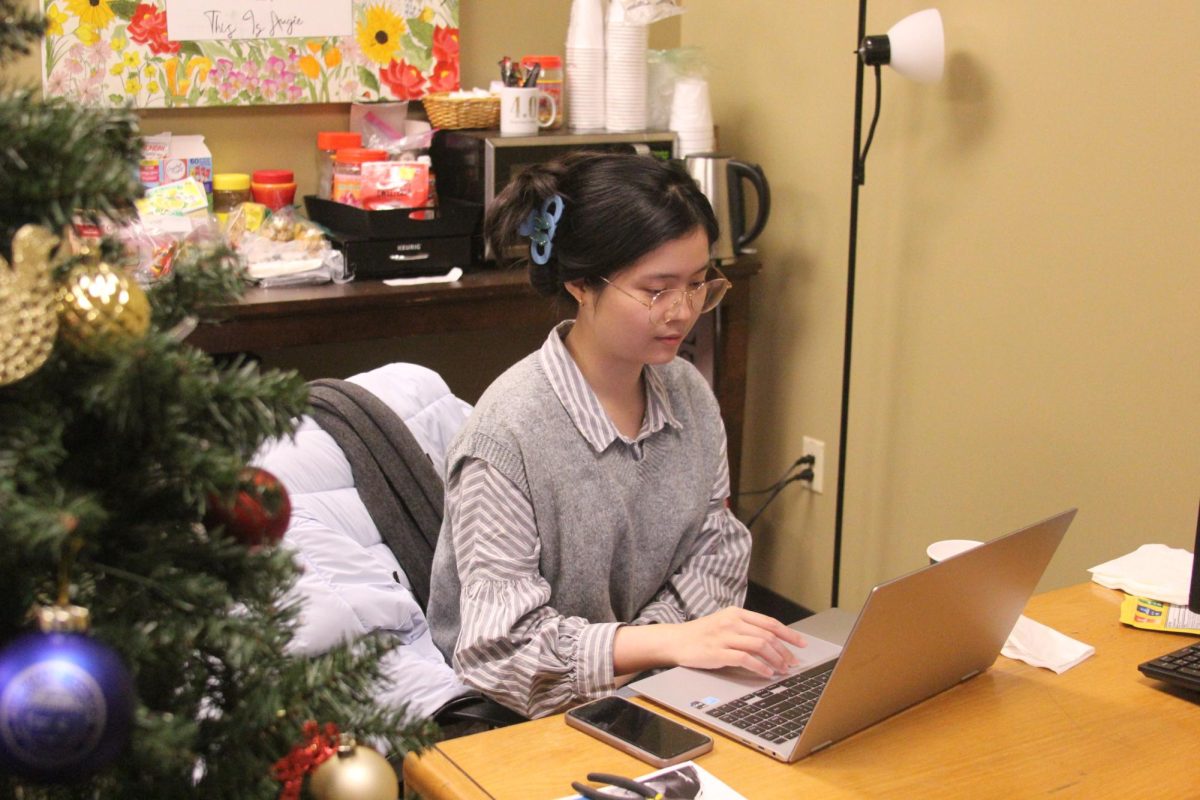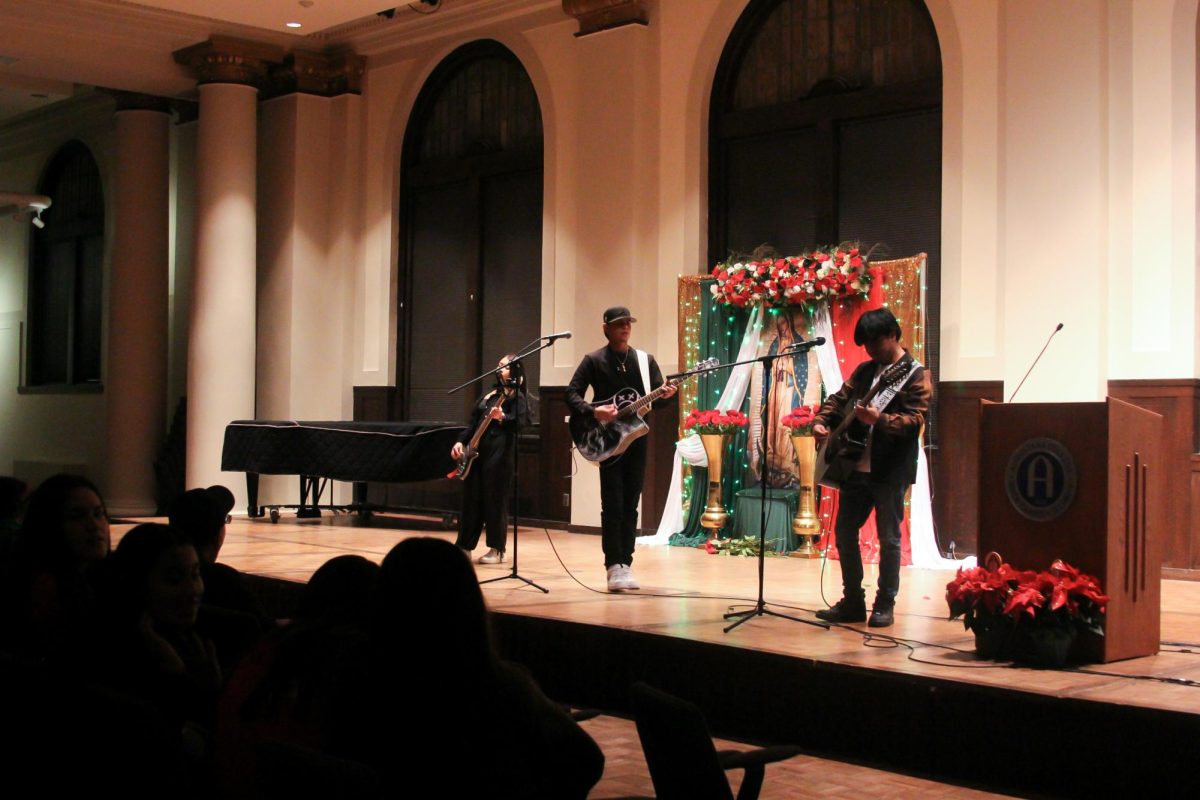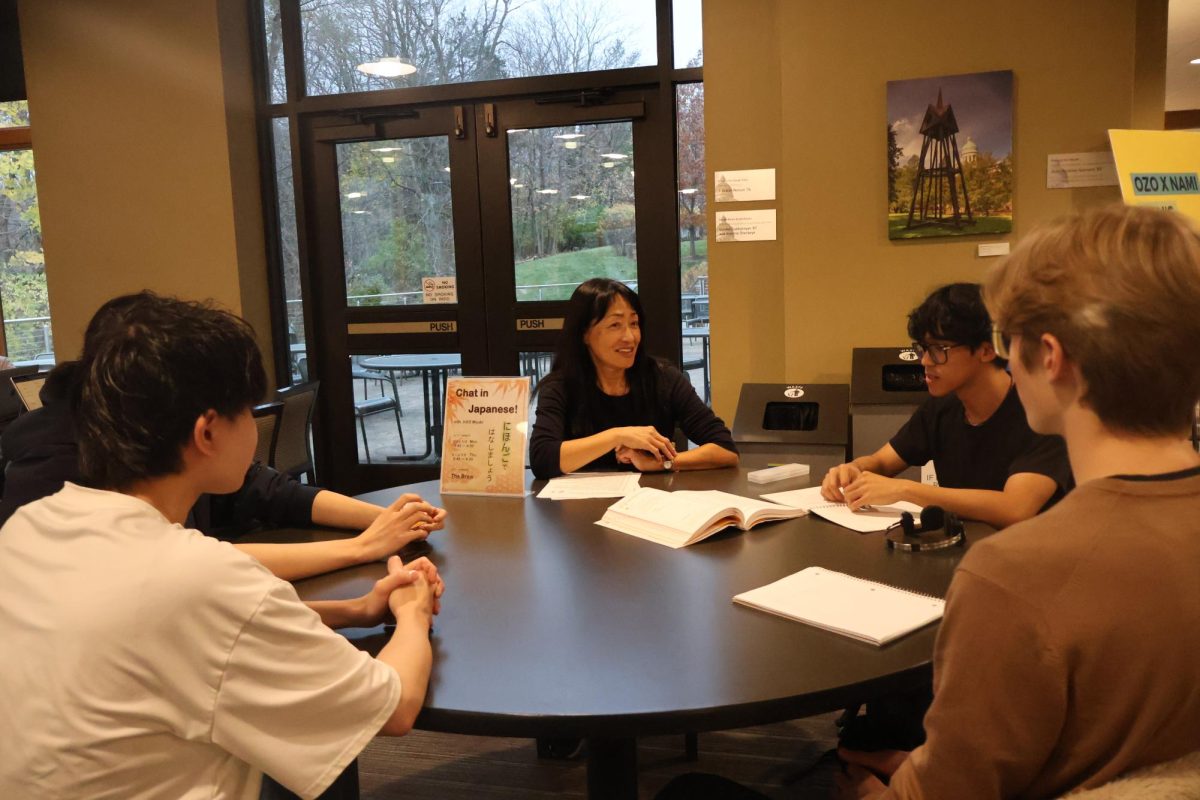Augustana College has implemented a revised schedule that includes a specific “free period” from 1 to 2 p.m., a time for extracurricular activities, lunches and much-needed breaks. The goal of the altered timetable is to improve the quality of life for students. This move appears to be a win-win for the pupils at first look. Who wouldn’t appreciate having an hour to relax between courses, grab a bite to eat or catch up with friends?
However, there are drawbacks to the set lunch hour, including a packed dining hall, which creates practical issues for students and dining hall staff that are not outweighed by the social benefits.
There is no denying the advantages of a set lunch hour. A planned break gives students the chance to relax, escape the demands of the classroom and come back to their studies with a fresh perspective. This is particularly crucial in a society where we are sometimes urged to “hustle” nonstop and seldom take time to just stop.
In addition to the obvious nutritional benefits, lunch offers an important chance for social connection, which is critical for mental health. Informal discussions over lunch can serve as the starting point for long-lasting professional networks and friendships that extend well beyond college.
These lunchtime encounters provide networking chances that might not present themselves in the classroom. Because of Augustana’s smaller student body, the school creates a special atmosphere where students might find themselves having lunch with a friend who shares interests or talking career ambitions with a professor. These interactions are essential for students’ growth on the social and professional fronts.
Even though the goal of this free hour is admirable, it’s difficult to overlook the practical issues that have come up. There are a lot of people at the college’s dining hall, the CSL.
What should be a calm break becomes more of a frenzied rush as students swarm in, creating long lines and crowded areas. Many find it challenging to make use of the hour’s benefits in full due to the restricted seating and crowded setting.
Giving up on the free period entirely is not the answer. Alternatively, Augustana can think about enhancing its food offerings. The demand on Gerber would be much reduced if there were more dining options or even more campus restaurants. Additionally, having additional options for dining areas would provide students greater freedom to select areas that correspond with their preferences for livelier or calmer settings.
On the other hand, others might contend that the institution should just let classes close earlier rather than imposing a set lunch hour, allowing students more time at the end of the day to arrange their schedules.
With this method, there would be less pressure from a packed dining hall and more freedom for students to choose how they spend their time. But there’s a chance that many students may completely forgo social and networking possibilities in favor of rushing home or concentrating on other assignments, which would defeat a few of the main advantages of taking a community break.
In the end, Augustana College’s free lunch hour fosters community development and student well-being, but it is evident that changes are required to address the real drawbacks. The institution may make sure that this program benefits every student without adding needless stress by thinking about adding more dining areas or rearranging the schedule.
The free period is a step in the right direction, but it requires fine-tuning to truly meet the needs of the entire student body.




































































































